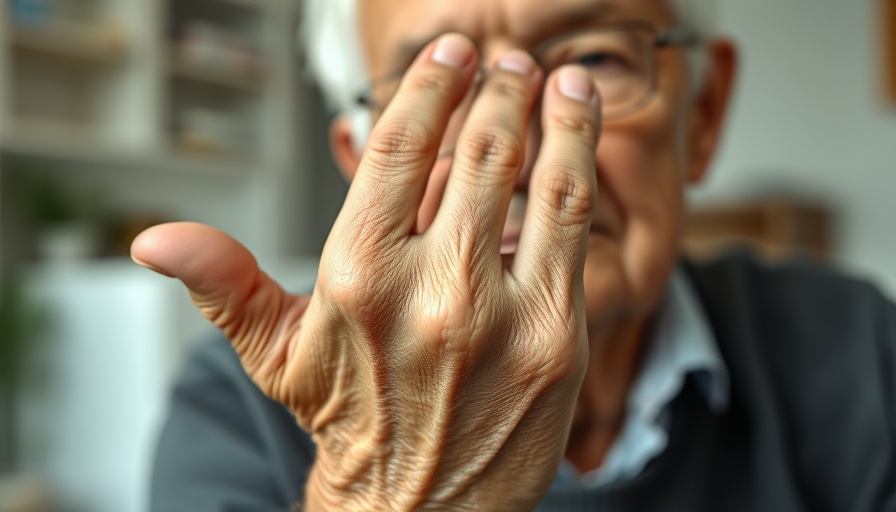
Introducing the Shoutlet: Your New Favorite Stress-Relief Tool
In today’s fast-paced world, finding effective ways to manage stress and express emotions is more crucial than ever. Enter the Shoutlet, a portable pillow designed specifically for primal screaming. This innovative product emerged from the personal journey of Brent Drake, a founder who championed the need for a safer, more cushy outlet for emotional release. After years of frustration with inadequate options, he set out to create the perfect pillow that not only comforts but also helps dampen sound, allowing for a truly cathartic experience.
The Science Behind the Scream Therapy Pillow
Unlike your average pillow, the Shoutlet is constructed from a unique dense foam mixture that significantly reduces sound levels by up to 60%. This thoughtful design stems from Drake’s exploration of various materials and techniques, which involved more than 20 prototypes and plenty of shouting for testing. Its portability means it can easily accompany you on trips or even fits snugly in your backpack, ready for that moment of emotional overflow.
A Surprising Audience: Who’s Using the Shoutlet?
Originally aimed at people dealing with acute stress—like overwhelmed parents and students—the Shoutlet has garnered a diverse following. Drake was delighted to discover that many users belong to the neurodivergent community, finding the pillow to be a valuable tool for regulating outbursts associated with ADHD, autism, Tourette's, and anxiety. This unexpected twist highlights the Shoutlet’s broader applicability in fostering emotional well-being.
The Cultural Renaissance of Scream Therapy
Primal scream therapy, dating back to the 1960s, has made a contemporary comeback, embraced for its effectiveness in stress relief. Classes incorporating these cries into exercise routines are becoming increasingly popular, giving people the license to let go of pent-up emotions. The Shoutlet serves as an accessible gateway for individuals looking to incorporate this therapy into daily life.
Why Emotional Expression Matters
In a society where emotions can often be brushed aside, investing in tools that promote emotional release is essential. Whether you are feeling overwhelmed by day-to-day stresses or navigating more profound emotional challenges, the Shoutlet offers a safe space to express yourself. By normalizing screaming as an emotional outlet, it helps individuals take a step toward better mental health.
 Add Row
Add Row  Add
Add 




Write A Comment